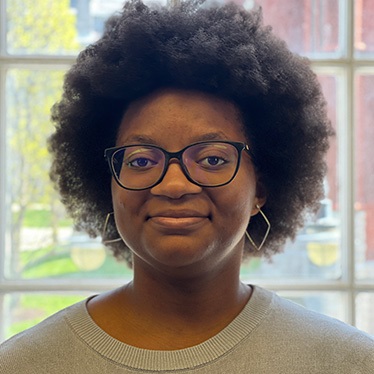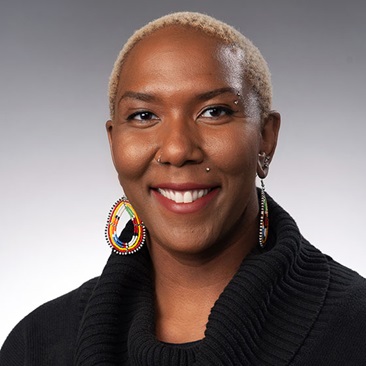The Archaeology of Harriet Tubman's Life in Freedom
Douglas V. Armstrong
Syracuse University Press, October 2022

Douglas Armstrong, professor of anthropology, Maxwell Professor of Teaching Excellence and Laura J. and L. Douglas Meredith Professor for Teaching Excellence, has published a new book, “The Archeology of Harriet Tubman’s Life in Freedom” (Syracuse University Press, 2022).
Using archaeological findings by Armstrong and his longtime summer field study course at the Harriet Tubman Home in Auburn, New York, the book offers insights about the life of the abolitionist following self-emancipation. Findings unearthed during the course’s nearly 20-year run revealed how she supported the suffragist movement and continued to care for the African American community.
All told, over 70,000 artifacts were uncovered on the property, including tea sets, medicine bottles, marbles, buttons and a wooden toothbrush. A class in 2002 unearthed a builder’s trench alongside Tubman’s brick home that contained ash and charred household items, proving what many had suspected—that the original wooden home was destroyed by fire.
The book’s publication coincides with Tubman’s bicentennial, an occasion that has been marked throughout the year with special events in Auburn and across the country. Armstrong joined community leaders and lawmakers in advocating for the property’s 2017 designation as the Harriet Tubman National Historical Park. More recently, he has been involved with efforts to use Tubman’s image on the $20 bill.
Armstrong’s research focuses on global historical archaeology, archaeology of the African diaspora, the Atlantic world, ethnohistory, colonialism, ethnogenesis, culture contact and culture change, and collections management. In Barbados, he has explored the shift from small-scale farming to large-scale agro-industrial capital-based sugar production and plantation slavery. This past summer, he was co-principal investigator for a National Science Foundation-funded project to research the contact-era interactions between Dominica’s indigenous peoples and an array of Dutch, French and English maritime traders.
Armstrong earned a Ph.D. from the University of California, Los Angeles in 1983.
From the publisher:
Harriet Tubman’s social activism as well as her efforts as a soldier, nurse, and spy have been retold in countless books and films and have justly elevated her to iconic status in American history. Given her fame and contributions, it is surprising how little is known of her later years and her continued efforts for social justice, women’s rights, and care for the elderly. Tubman housed and cared for her extended family, parents, brothers, sisters, nieces, and nephews, as well as many other African Americans seeking refuge. Ultimately her house just outside of Auburn, New York, would become a focal point of Tubman’s expanded efforts to provide care to those who came to her seeking shelter and support, in the form of the Harriet Tubman Home for the Aged.
In this book, Armstrong reconstructs and interprets Tubman’s public and private life in freedom through integrating his archaeological findings with historical research. The material record Tubman left behind sheds vital light on her life and the ways in which she interacted with local and national communities, giving readers a fuller understanding of her impact on the lives of African Americans. Armstrong’s research is part of a wider effort to enhance public interpretation and engagement with the Harriet Tubman Home.
Related News
School News

Nov 25, 2025
School News

Nov 14, 2025
Research

Oct 15, 2025
